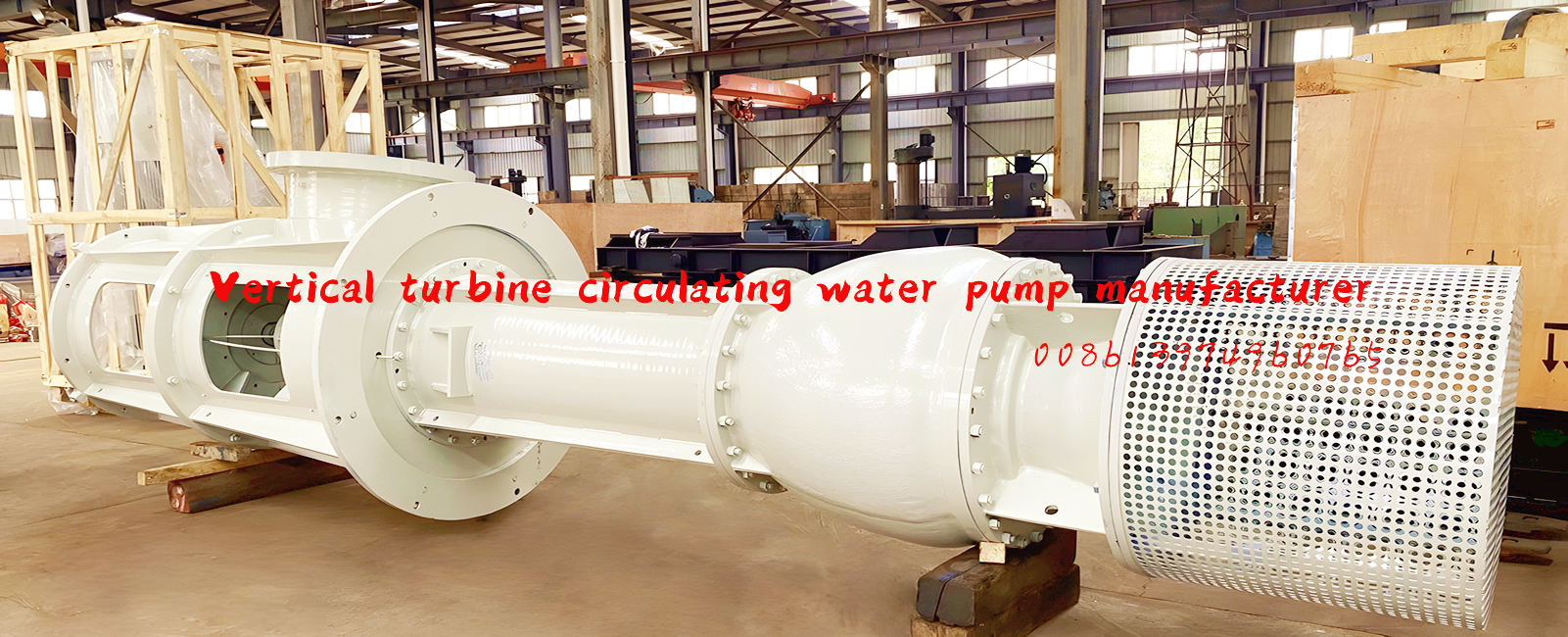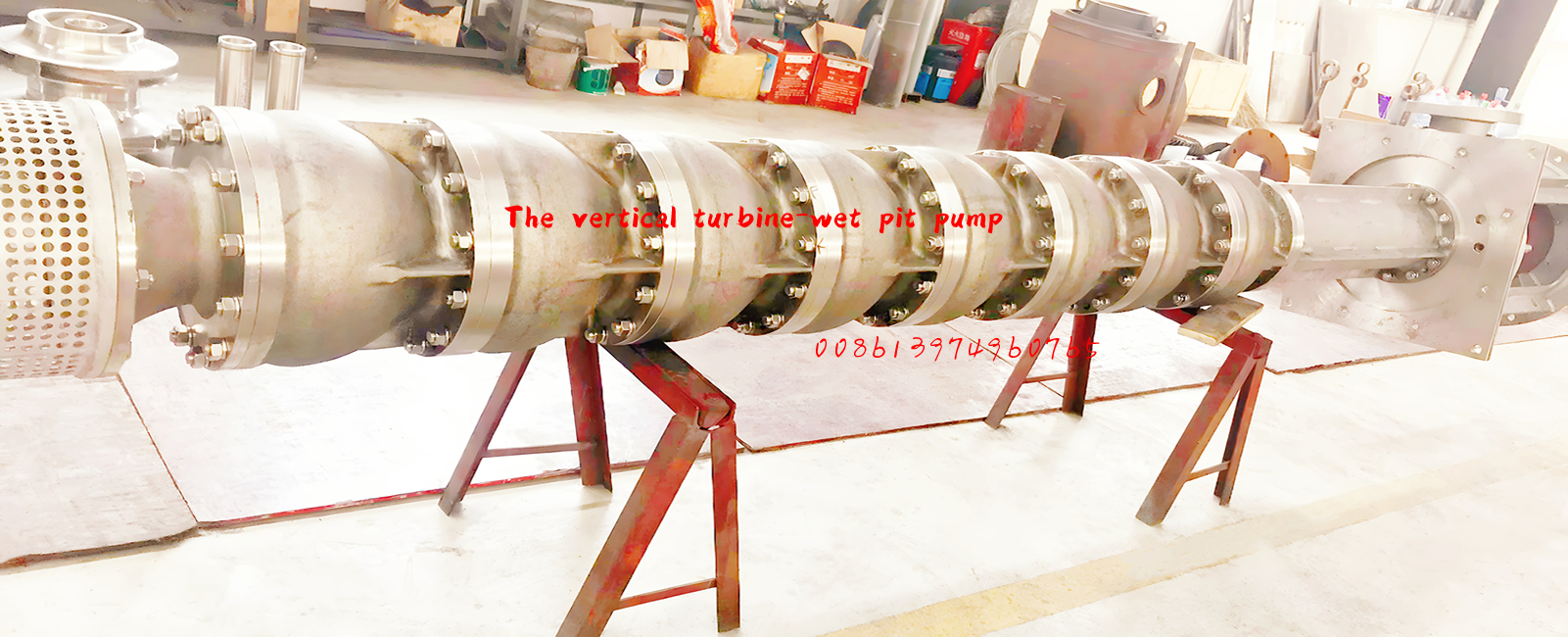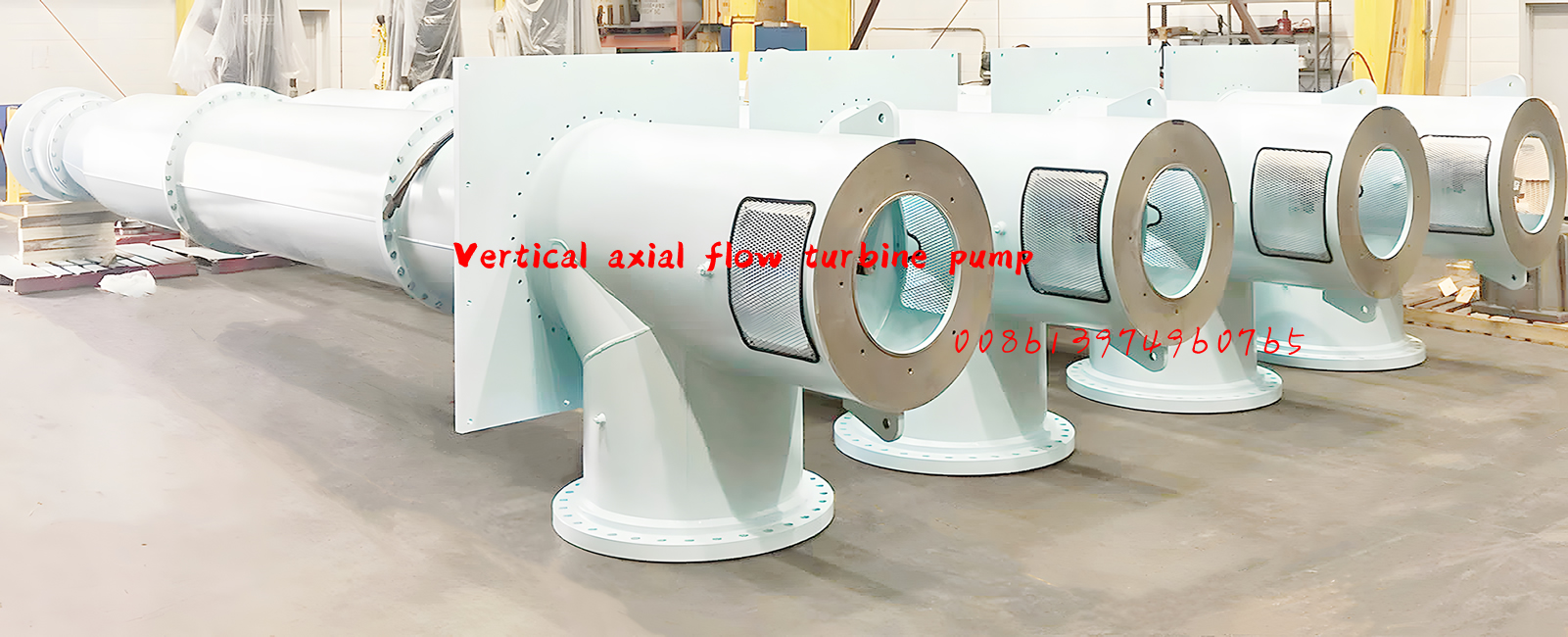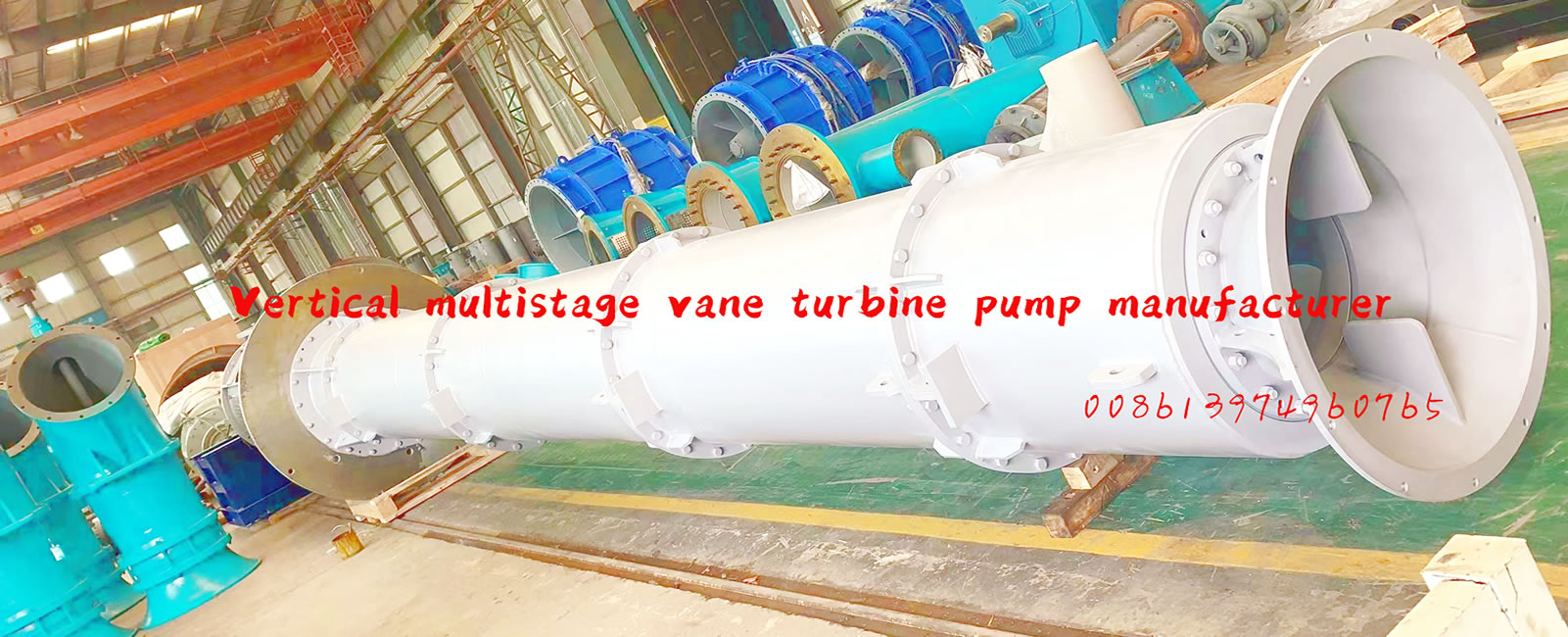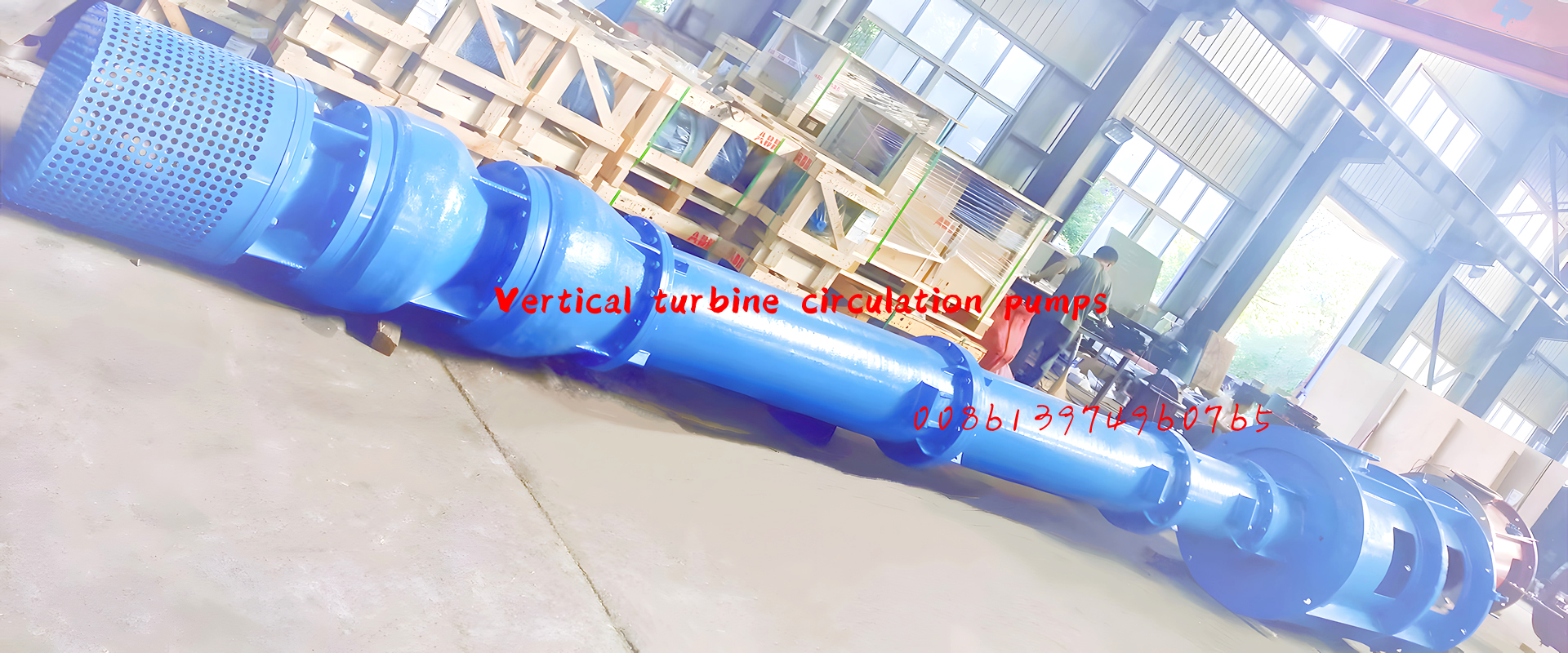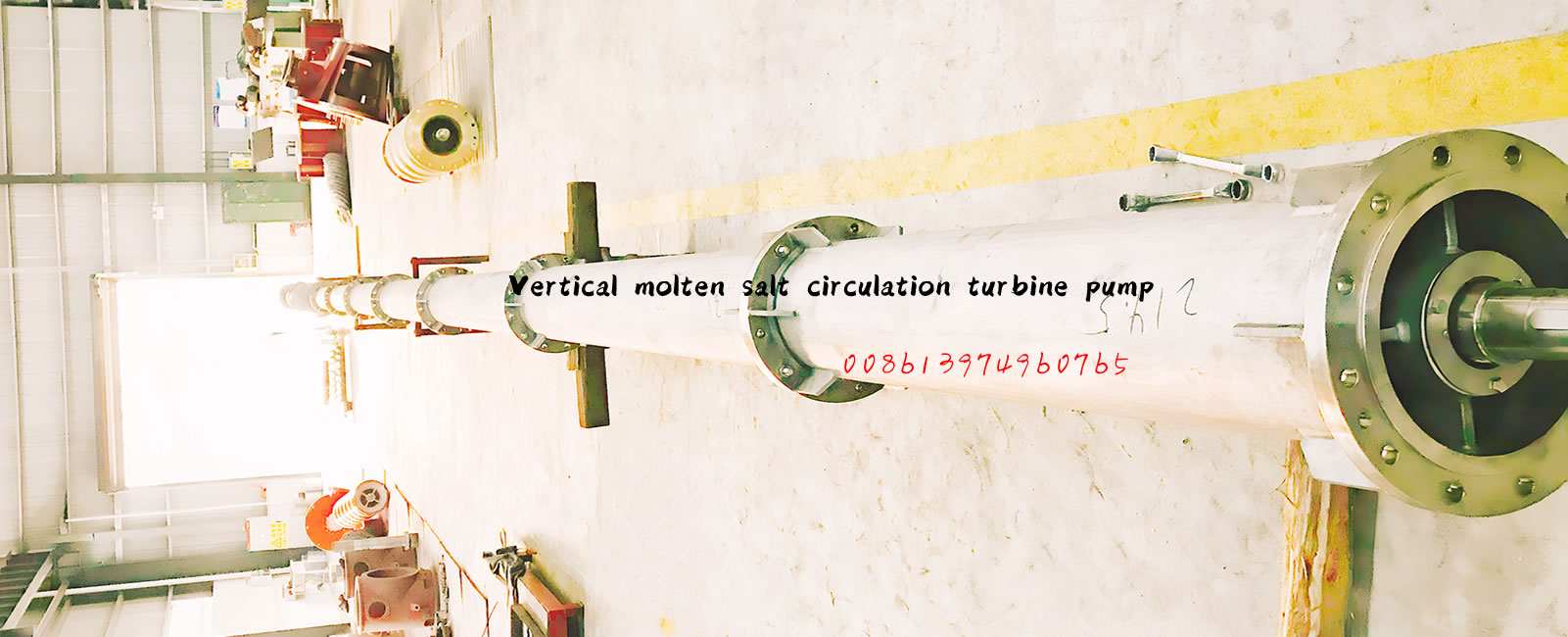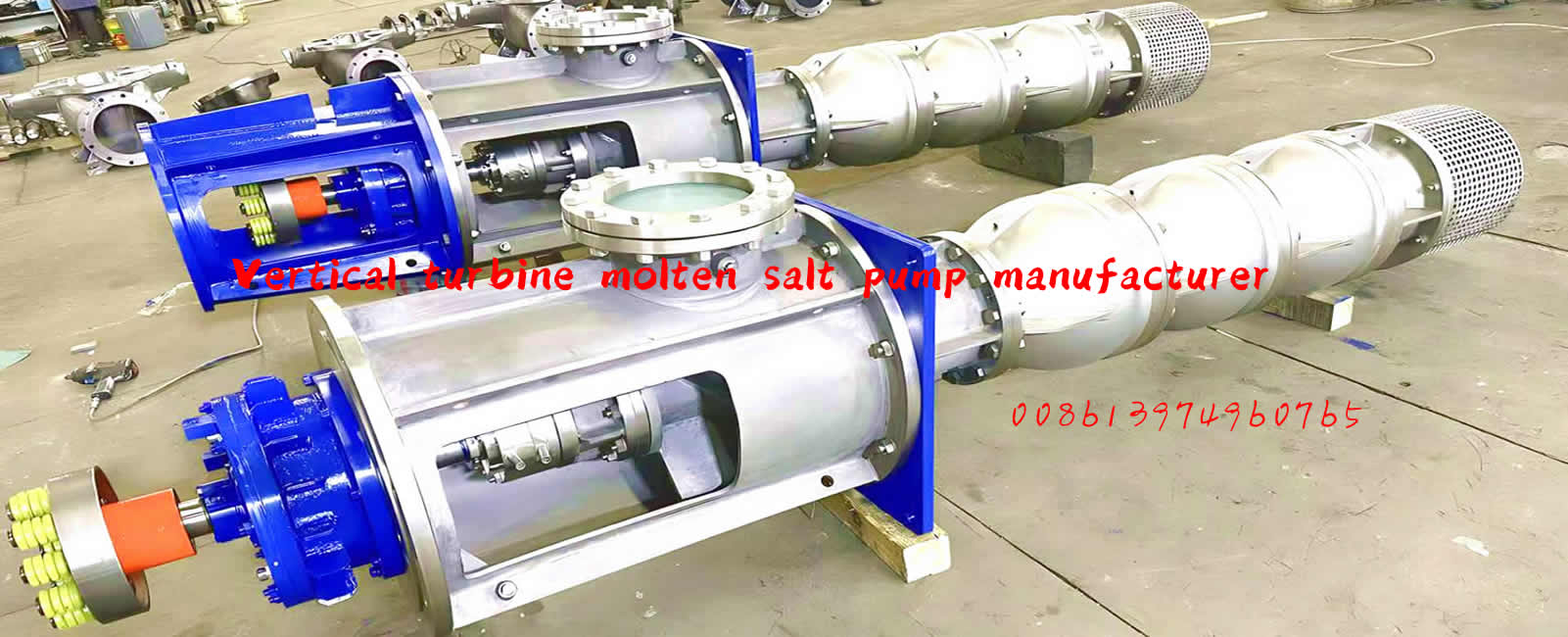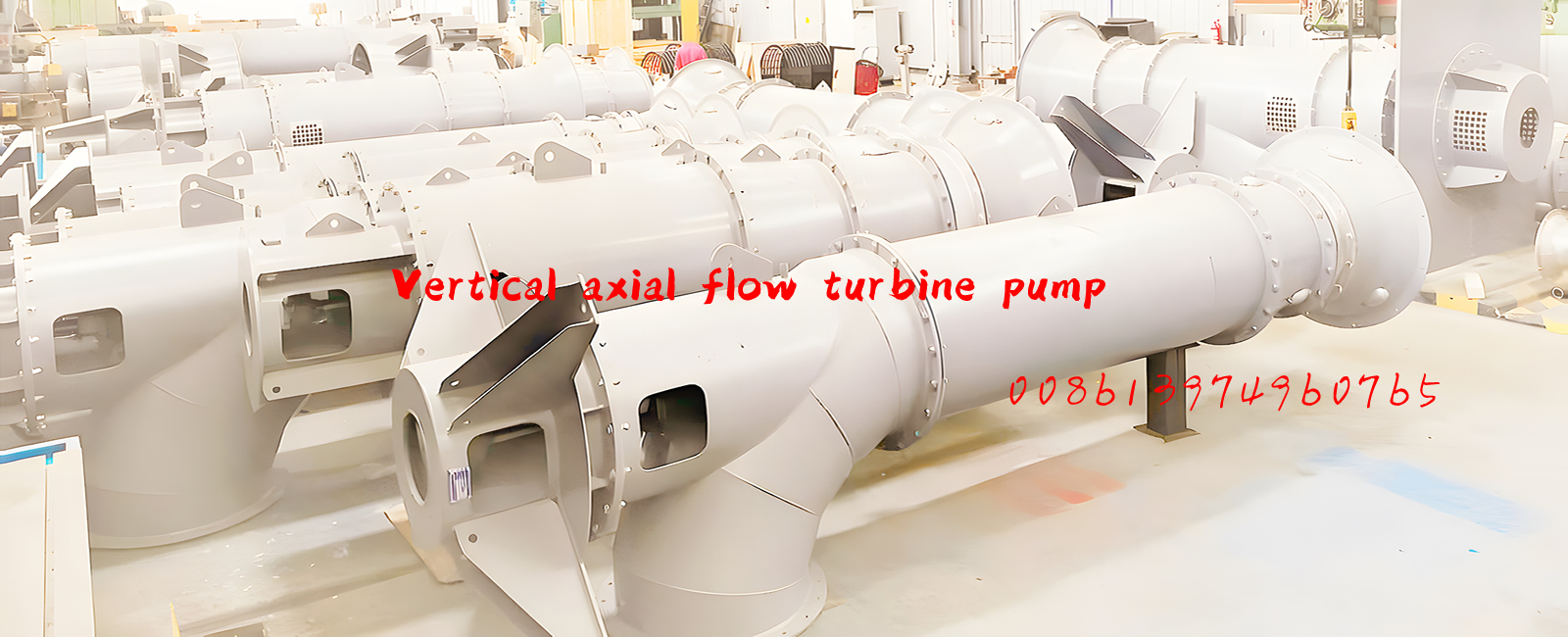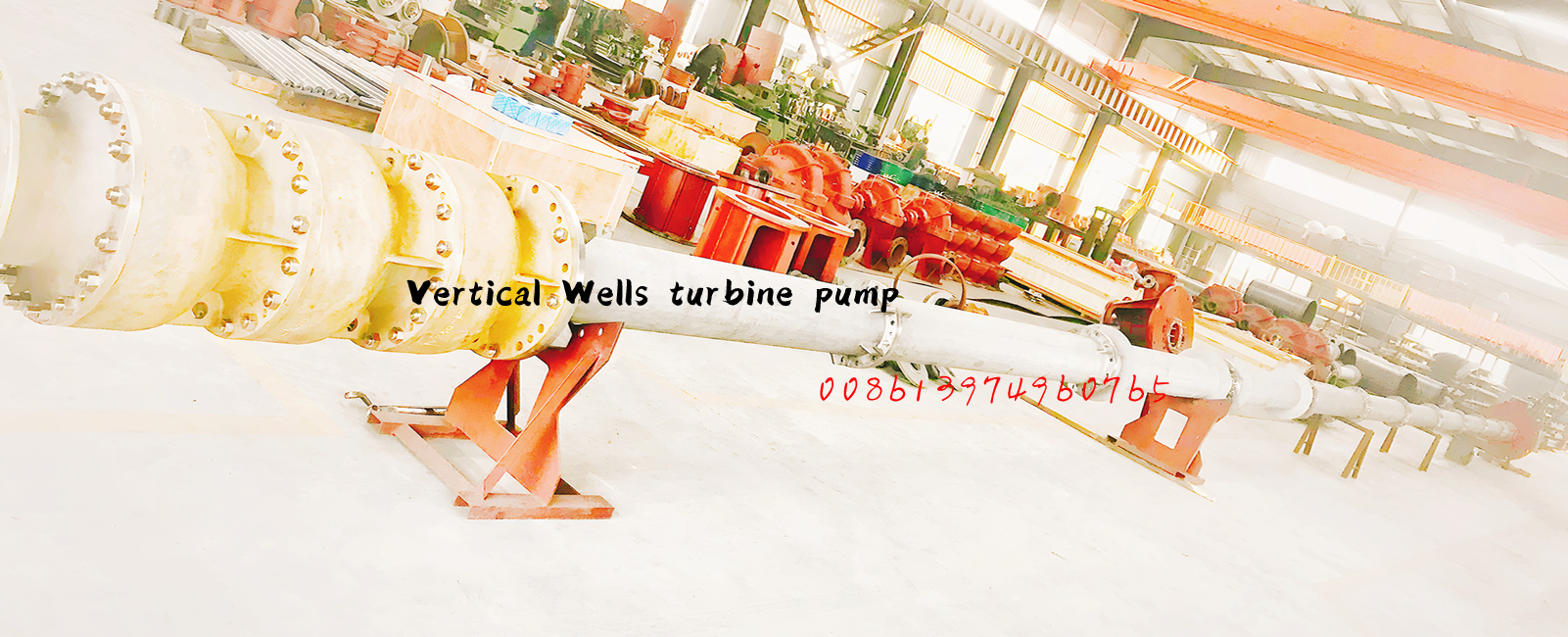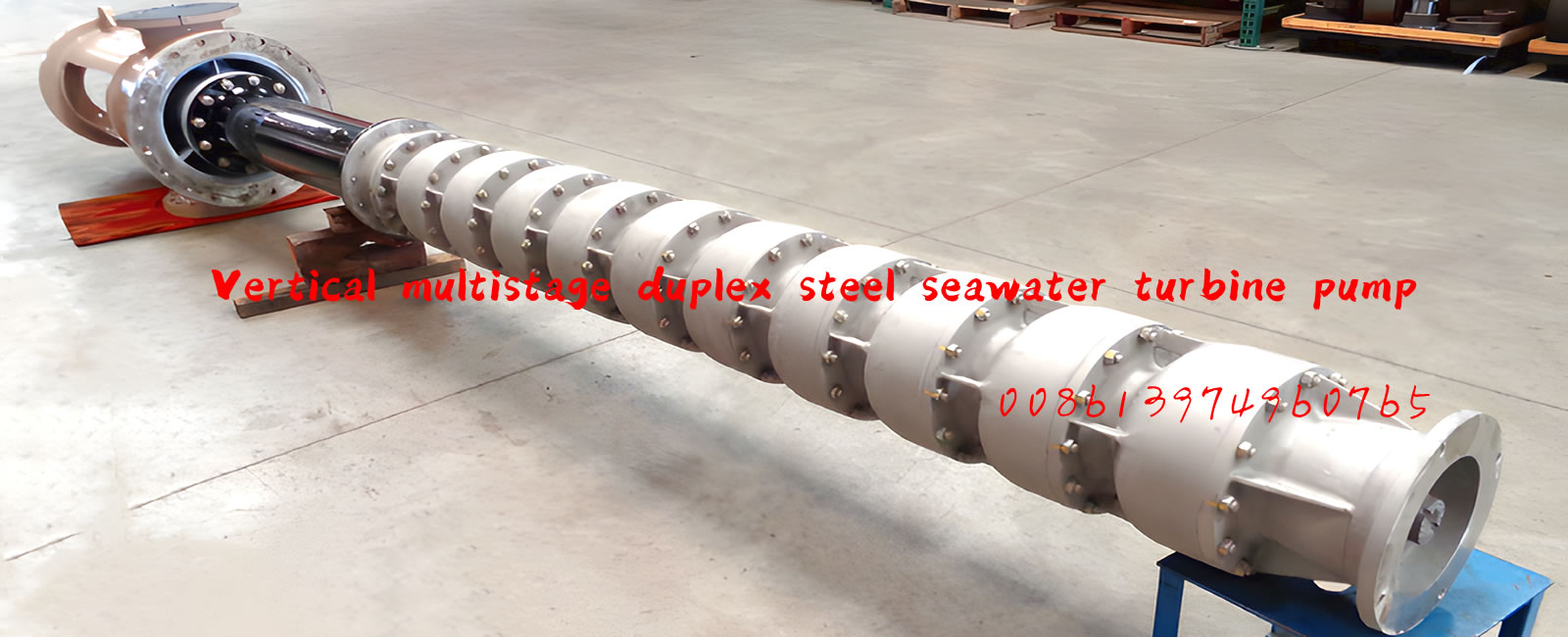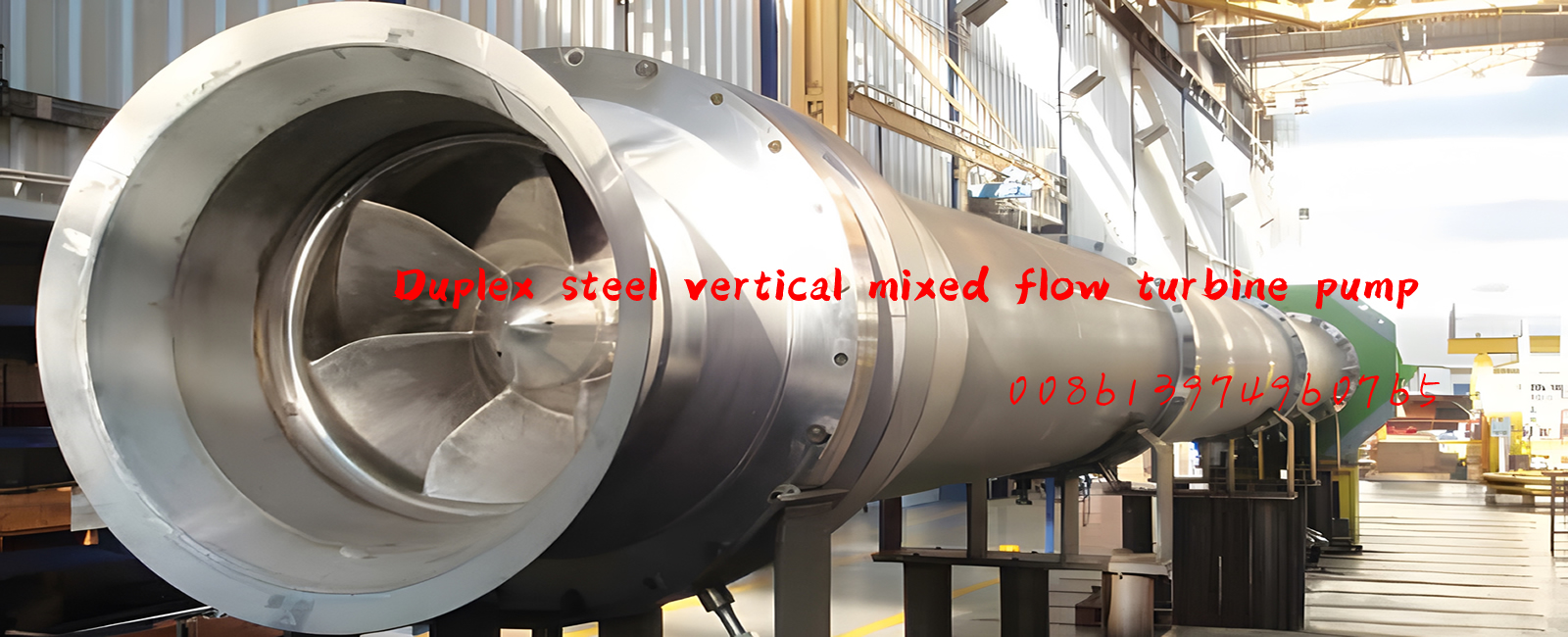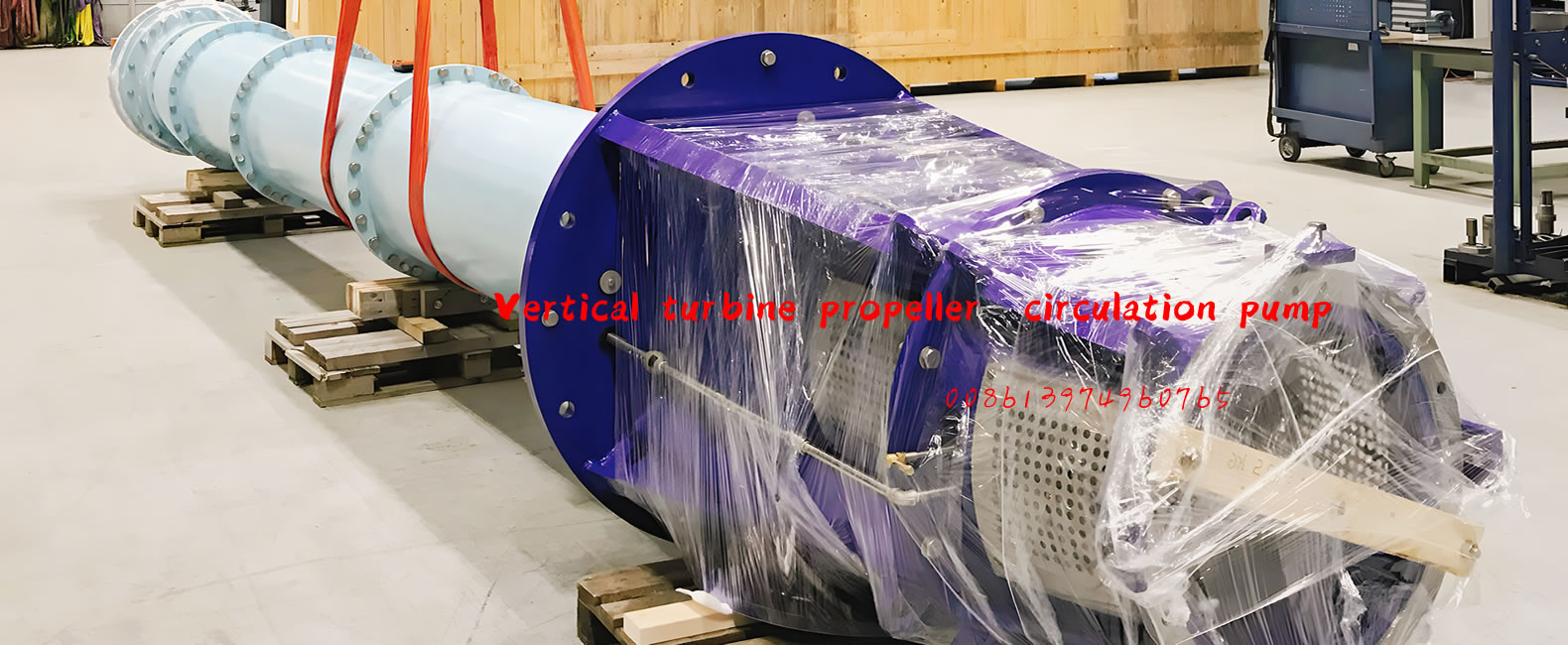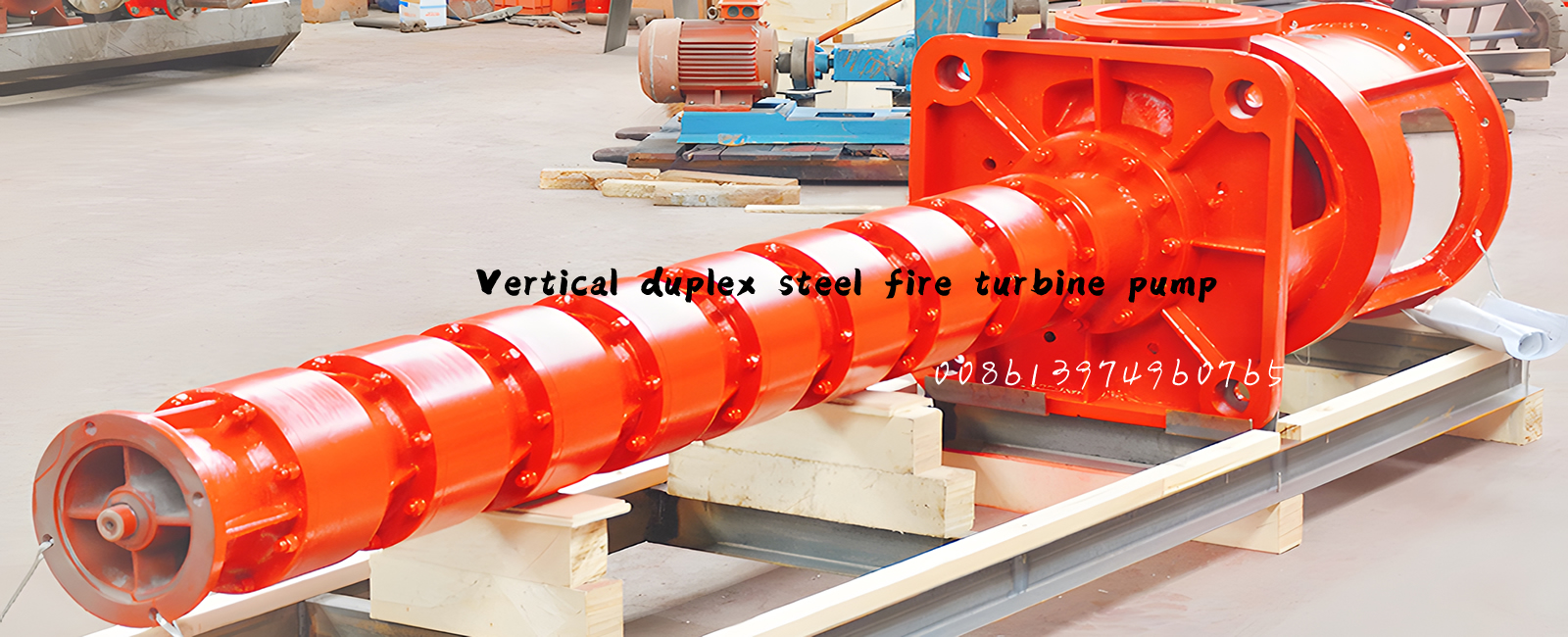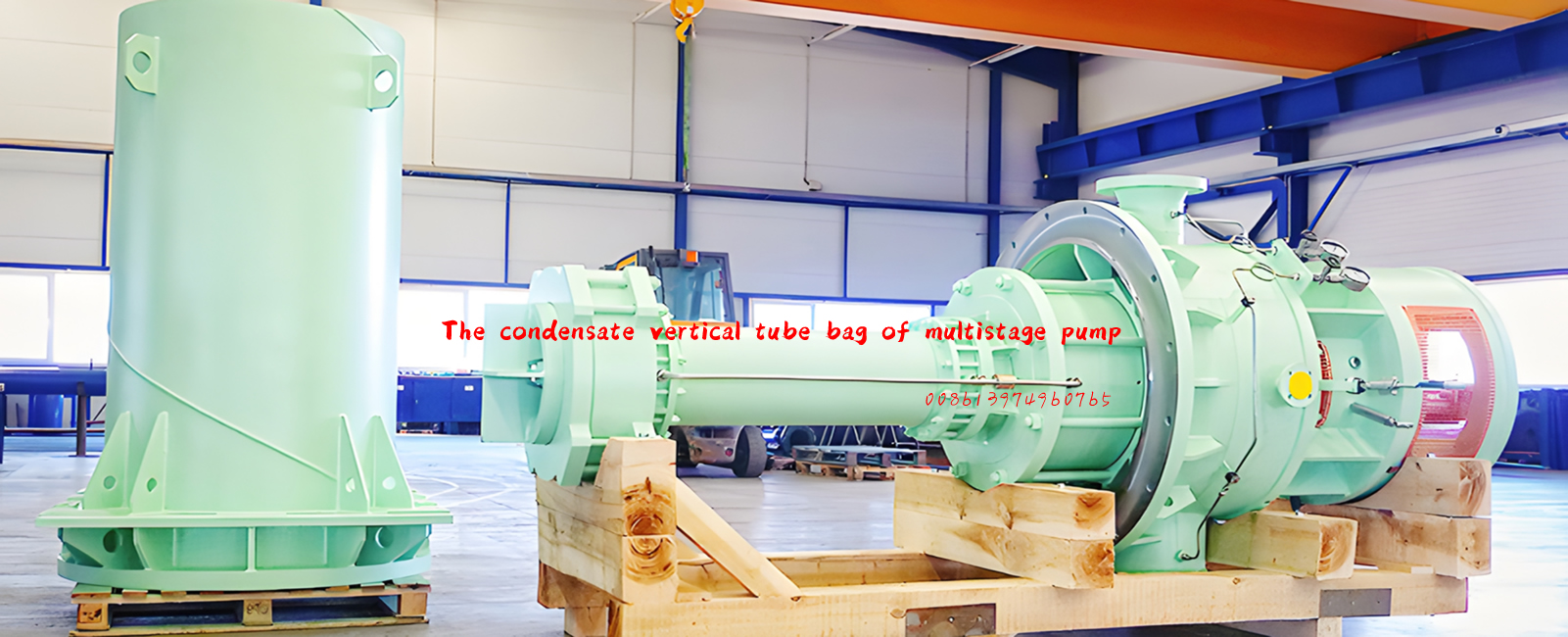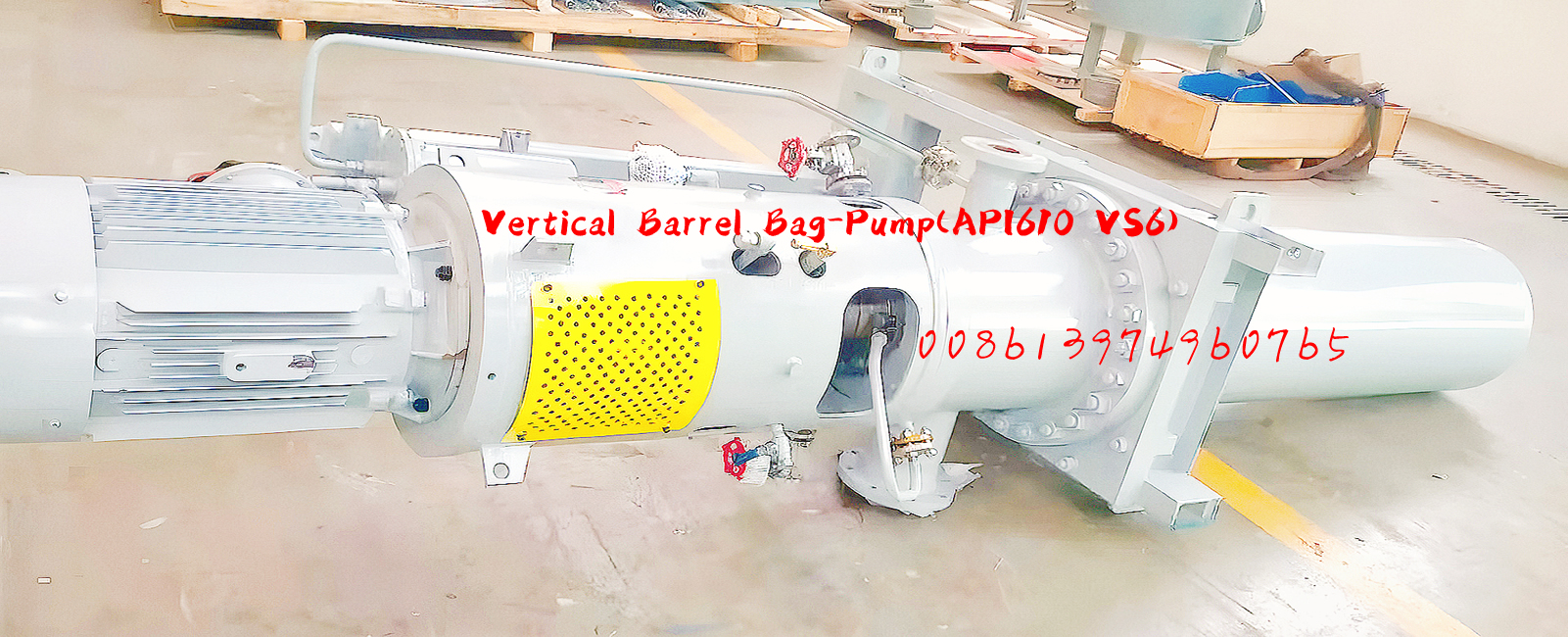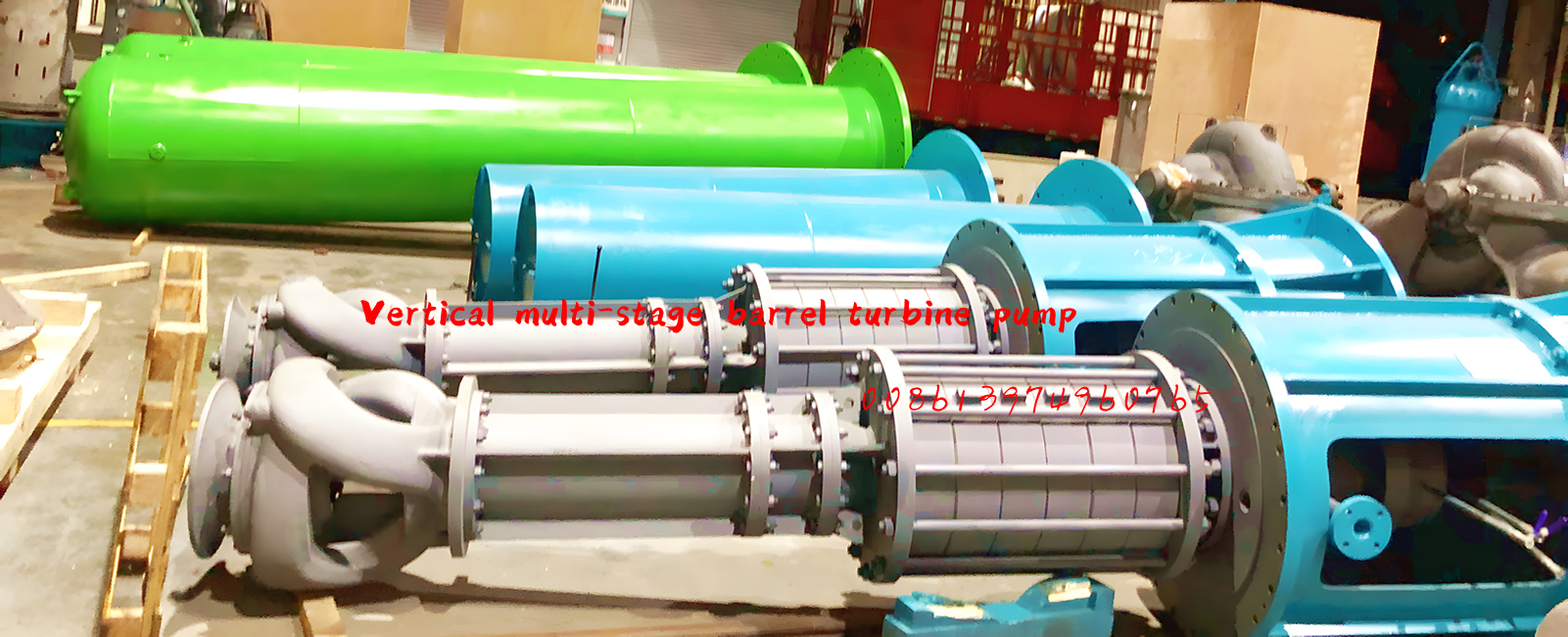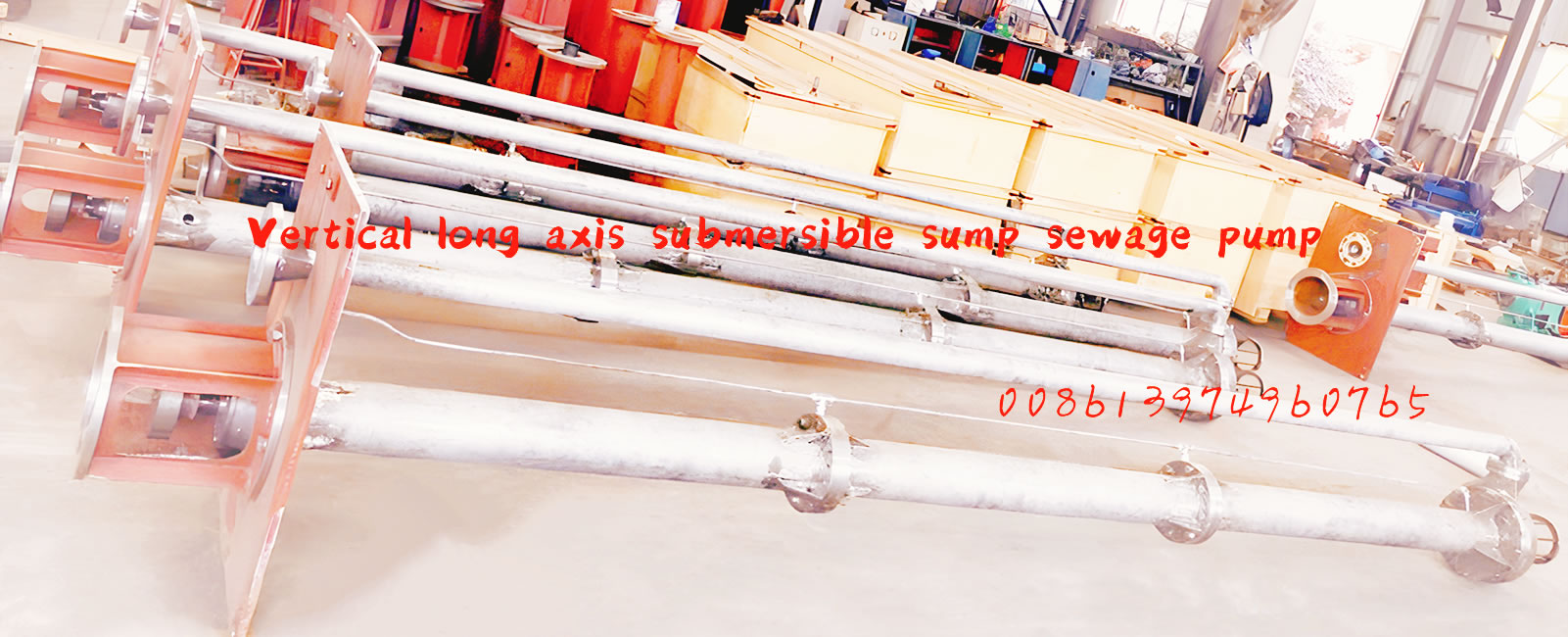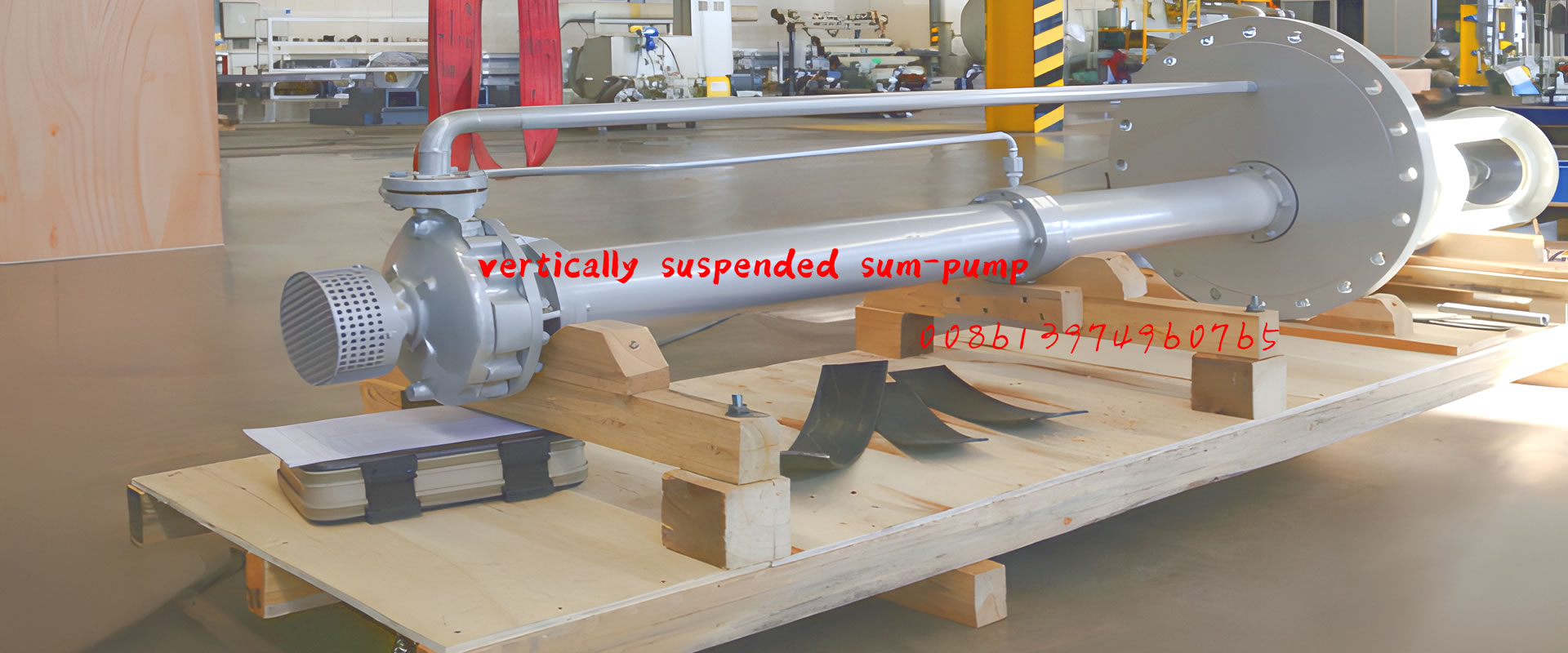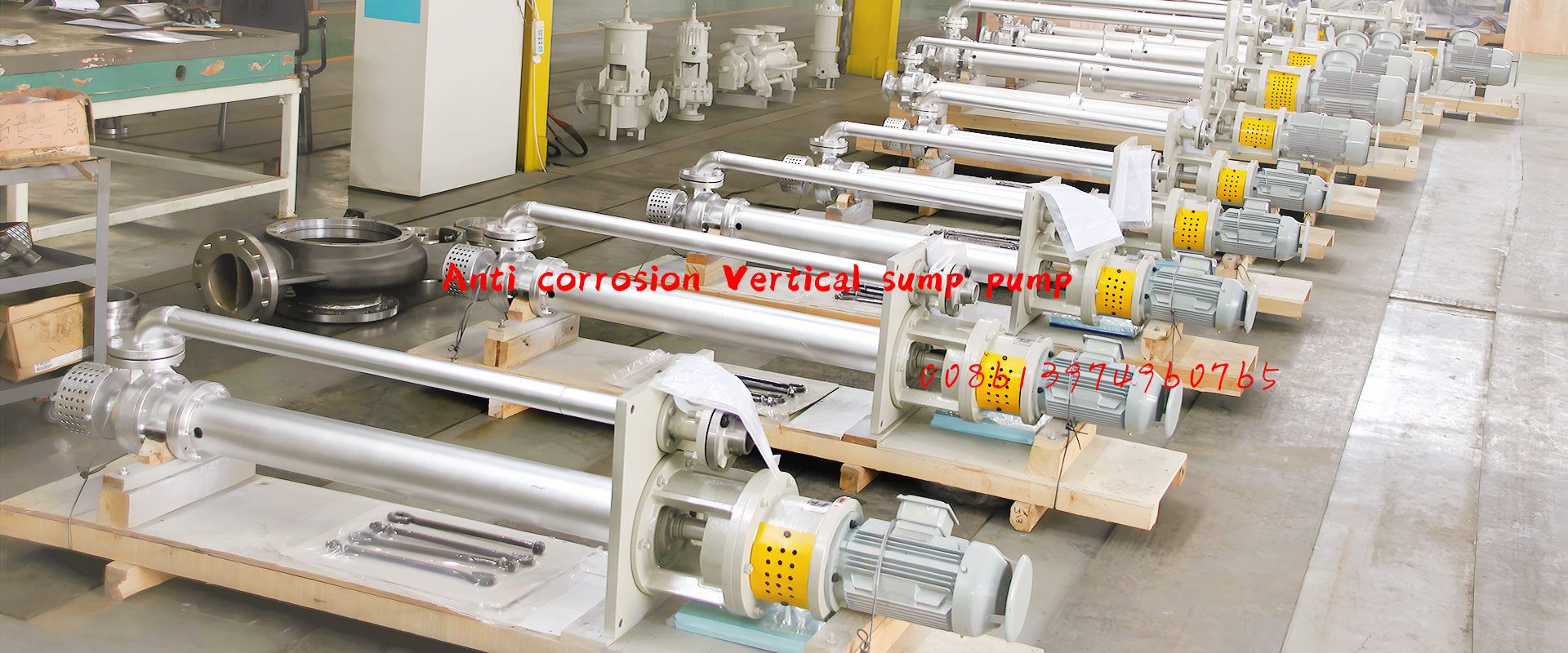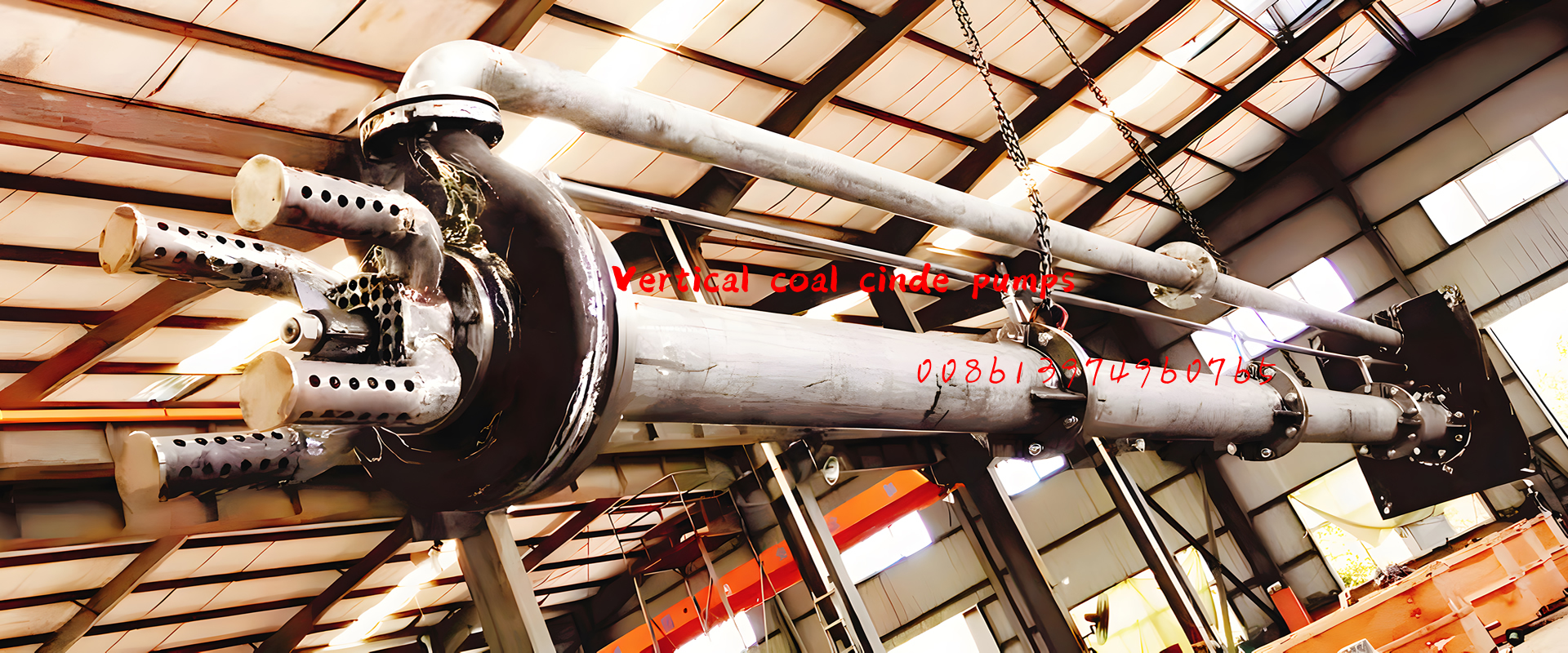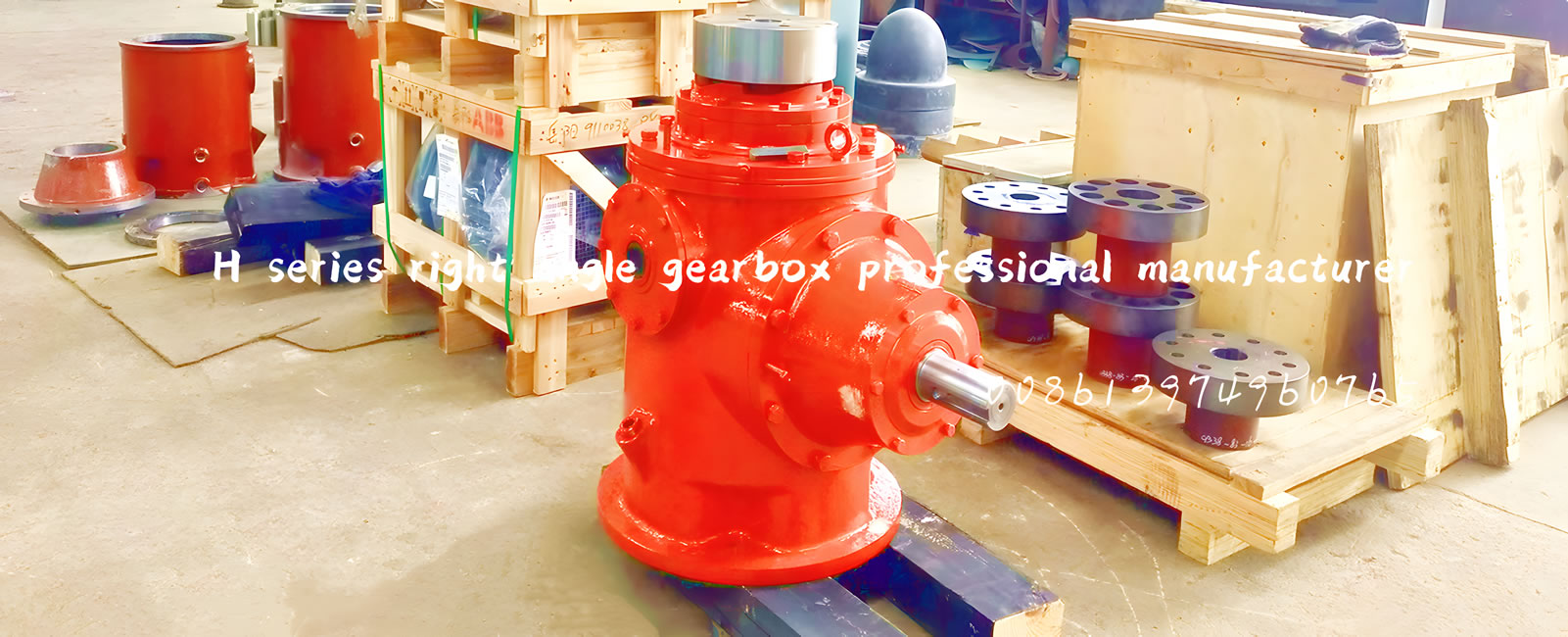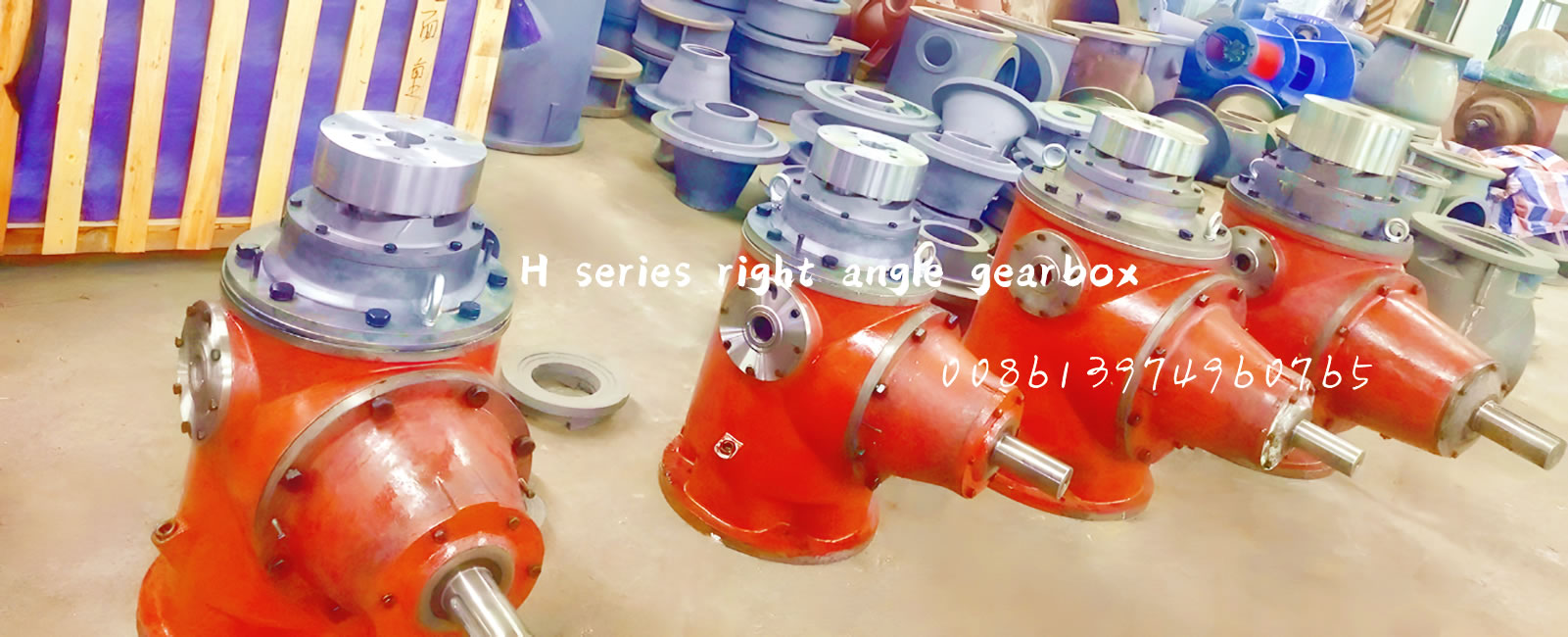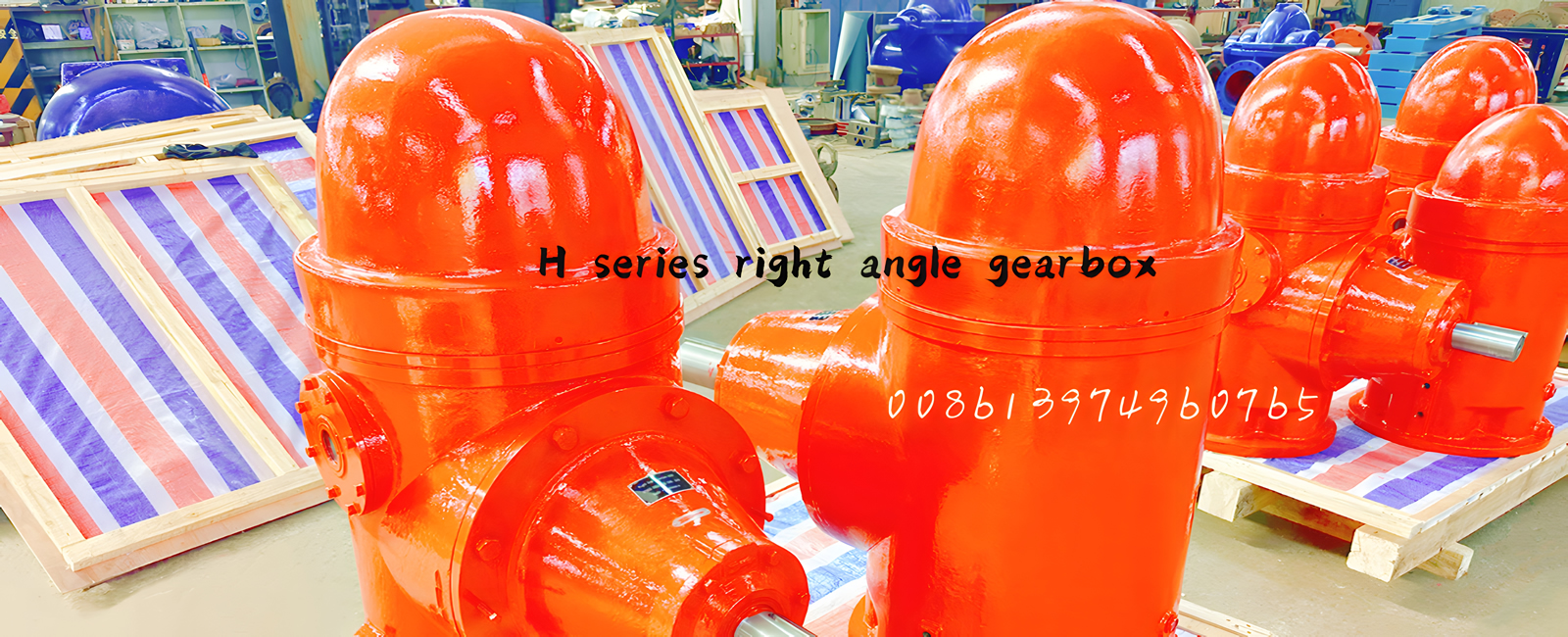KnowledgeECONOMICS
CONTACT US
Hunan Perfect Industry Co.,Ltd
Contact: Manager Hu, Manager Yi
Hotline:008618507312158
Cell phone:008613974960765
Address:Xiangyin County Industrial Park, Yueyang City, Hunan Province, China
Current location: HOME »Knowledge »vertical turbine pump
Grouted Base Plates Of The vertical Turbine Pump
NEW GROUTED BASE PLATES
1. There should be adequate space for workers to install,.operate, and maintain the vertical turbine pump. The foundation should besufficient to absorb any vibration and should provide a rigidsupport for the vertical turbine pump and motor. Recommended mass of aconcrete foundation should be three times that of the vertical turbine pump,motor and base. Note that foundatlon bolts are imbedded inthe concrete inside a sleeve to allow some movement of the bolt.
2. Level the vertical turbine pump base plate assembly. if the base platehas machined coplanar mounting surfaces, these machinedsurfaces are to be referenced when leveling the base plate.This may require that the vertical turbine pump and motor be removed fromthe base plate in order to reference the machined faces. lfthe base plate is without machined coplanar mounting sur-faces, the vertical turbine pump and motor are to be left on the base plate.The proper surfaces to reference when leveling the vertical turbine pumpbase plate assembly are the vertical turbine pump suction and dischargeflanges. DO NOT stress the base plate. DO NoT bolt thedischarge flanges of the vertical turbine pump to the piping until the baseplate foundation is completelyinstalled. ifequipped, useleveling jackscrews to level the base plate. lf jackscrewsare not provided, shims and wedges should be used. Checkfor levelness in both the longitudinal and lateral directions.Shims should be placed at all base anchor bolt locations, andin the middle edge of the base if the base is more than five feet long. Do not rely on the bottom of the base plate to beflat, Standard base plate bottoms are not machined and it isnot likely that the field mounting surface is flat.
3. After leveling the base plate, tighten the anchor bolts.If shims were used, make sure that the base plate wasshimmed near each anchor bolt before tightening. Fallureto do this may result in a twist of the base plate, which couldmake it impossible to obtain final alignment. Check the level of the base plate to make sure that tightening the anchorbolts did not disturb the level of the base plate. lf theanchor bolts did change the level, adjust the jackscrews orshims as needed to level the base plate. Continue adjustingthe jackscrews or shims and tightening the anchor bolts untilthe base plate is level.
4. Grout the base plate. A non-shrinking grout should beused. Make sure that the grout fills the area under the baseplate. After the grout has cured, check for volds and repairthem. Jackscrews, shims and wedges should be removedfrom under the base plate at this time. if they were to be leftin place, they could rust, swell and cause distortion in thebase plate.
5. Run piping to the discharge of the vertical turbine pump. There should beno piping loads transmitted to the vertical turbine pump after connection ismade.
EXISTING GROUTED BASE PLATES
When a pump is being installed on an existing grouted base plate,the procedure is some what different from the previous section NEWGROUTED BASE PLATES.
1. Mount the vertical turbine pump on the existing base plate.
2. Level the vertical turbine pump by putting a level on the discharge flangeIf not level, add or delete shims between the foot piece andthe bearing housing.
3. Run piping to the discharge flange of the vertical turbine pump. (step 5above)
All piping must be independently supported, accurately aligned andpreferably connected to the vertical turbine pump by a short length of flexible pip-ing. the vertical turbine pump should not have to support the weight of the pipe orcompensate for misalignment. it should be possible to install suctionand discharge bolts through mating flanges without pulling or pryingeither of the flanges. All piping must be tight. Pumps may vapor-lock if air is allowed to leak into the piping. lf the vertical turbine pump flange(s)have tapped holes, select flange fasteners with thread engagement atleast equal to the fastener dlameter but that do not bottom out in thetapped holes before the joint is tight.

GENERAL PRECAUTIONS
Cleanliness is essential for a good installation. Threads and othermating surfaces will not function as required if they are not cleanwhen assembled.
Make certain that no rags, wood scraps or other foreign material islodged in any exposed openings.
Keep the well opening covered whenever possible to prevent droppingsmall parts, tools, or any other foreign materlal into the well.
Lift and handle the unit carefully to prevent damage caused by exces-sive strain being imposed on any part.
Do not allow pipe compound, solvent or any petroleum products tocome in contact with rubber bearings.
NEVER USE THREAD COMPOUND ON LINE SHAFT THREADS OR SHAFTCOUPLINGs.(Use anti-seize compound on stainless steel shaft andcoupling threads.)
Always use anti-seize compound to prevent galling of the threads onsteel column joints, stainless steel fasteners and stainless steel shaftcouplings.
Never use gaskets between flanges, column joints, flange-to-bowlconnections or head connections.
Special care must be taken to prevent damage to the threads and endfaces of shafting, column pipe and tubing.
Exercise special care when handling parts which have special coatings.If the coating is damaged (nicks, scrapes, wrench marks, etc.), thedamaged spots should be repaired before the installation is com-pleted.
If during installation the vertical turbine pump is observed to bind or will not rotatefreely on the hook swivel, then elther there is an obstruction in thewell or the well is crooked. in either case, the well is not acceptable for a proper pump installation and continuing with the installation willvoid the warranty.

